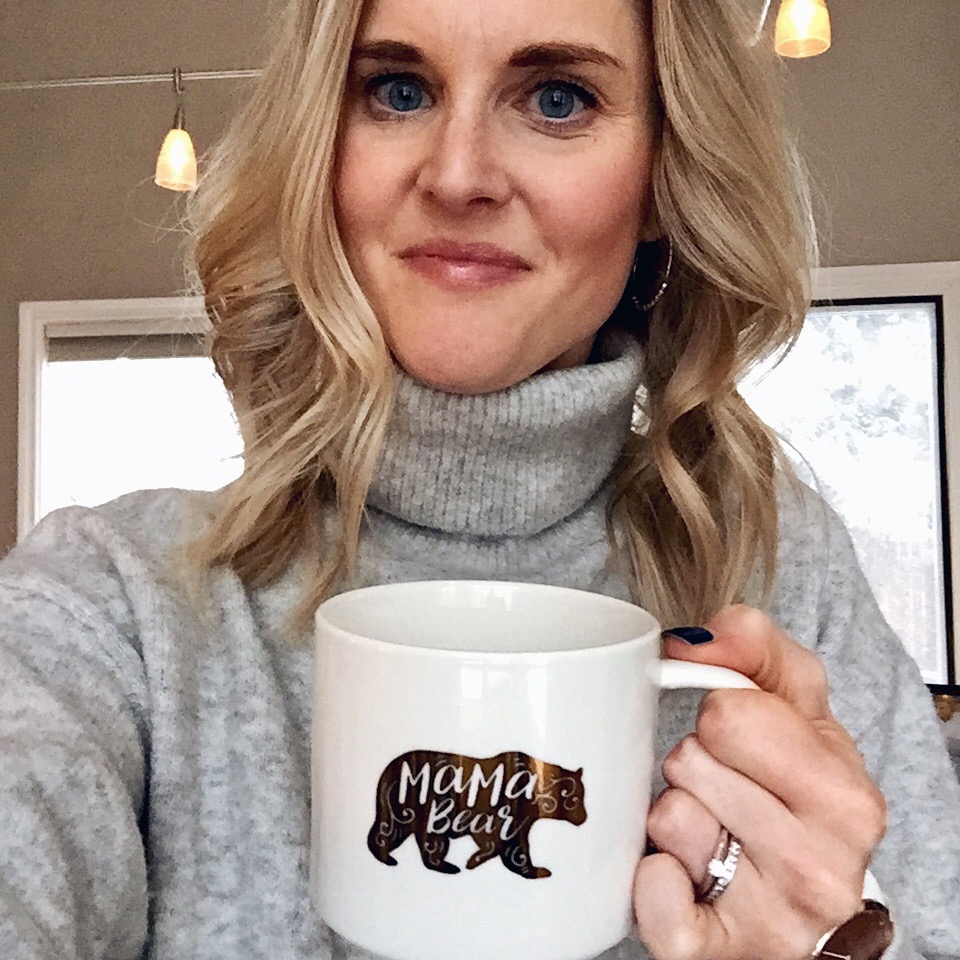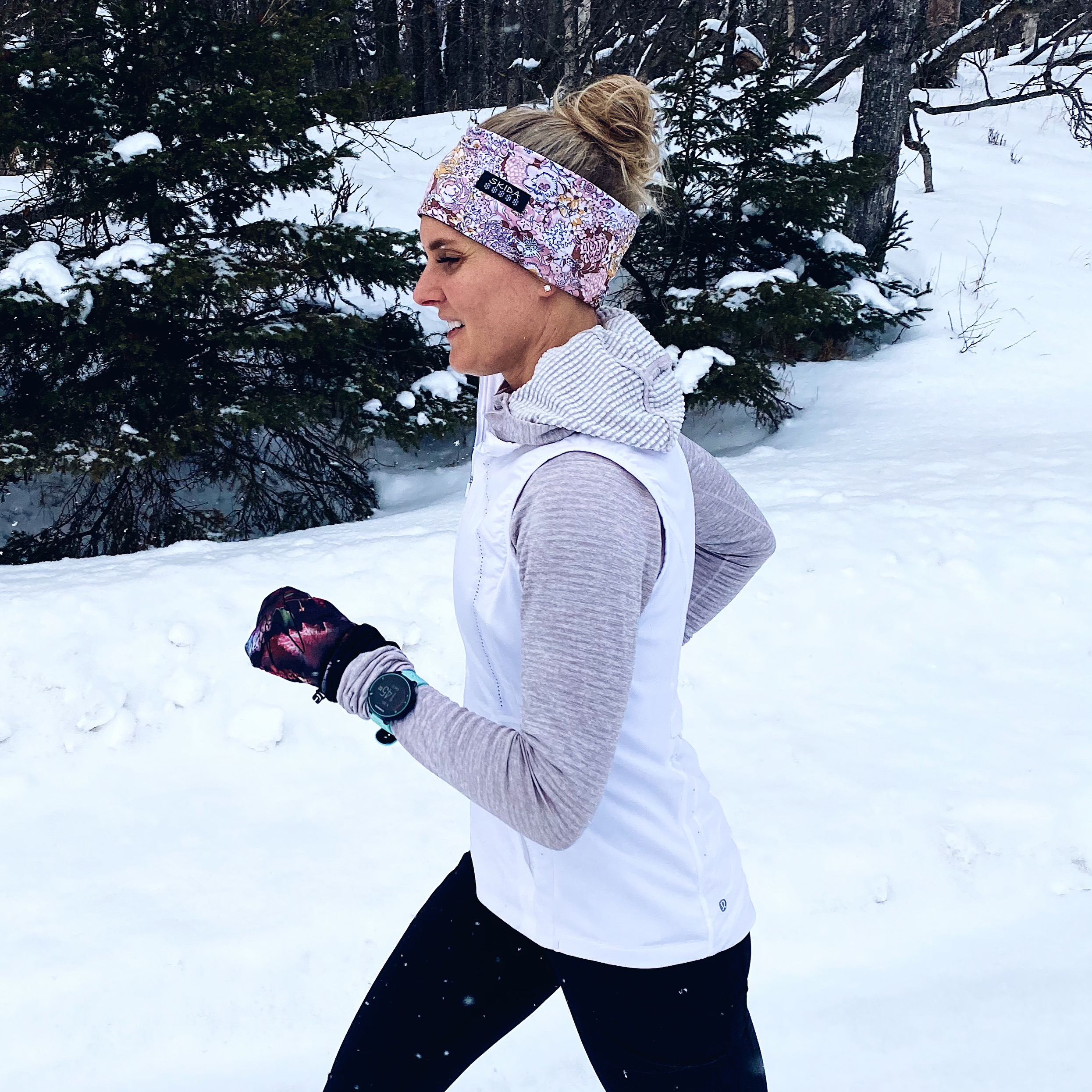I had my second physical therapy appointment for my postpartum running issues and questions. My take-away from this appointment: it is really hard to recruit the transverse abdominis muscle when it hasn’t been firing correctly for some time!
If you remember, I haven’t had any major issues or pain since having Cullen; I mostly wanted to find out if everything in my core was functioning properly, if there was anything else I should/could be doing to improve my running, and to find out what could be done for the soreness around my c-section scar on a long run–usually anything over 13 or 14 miles is when I started to feel it.
I met with Lori of United Physical Therapy here in Anchorage last week, and during this appointment we worked on recruiting the transverse abdominis muscle, which is the deepest abdominal muscle that runs perpendicular to the spine. To be honest, I vaguely remember studying this muscle in anatomy class in college, but it seems forgotten. I never hear it referenced when talking about core strength in a fitness class, and it has only been brought to my attention during postpartum references.
Here’s a great diagram of the different abdominal muscles.

No matter if you have a vaginal delivery or a c-section, your abdominal muscles are affected. However, having a c-section causes even more damage to those muscles. After having my c-section, my doctor reassured me that my abdonminal muscles weren’t cut, but I kept thinking, “How is this possible? The uterus lies underneath all of the abdominal muscles.” After talking to Lori, she shared this article with me that explains it better.
Although the abdominal muscles themselves are not cut, the fascia which connects them is cut and this allows the doctor to pull the muscles apart in order to get to the next layer of fascia. Who knows how many extra nicks happen during c-sections and where they happen. The key is with all of the incisions/severing of the body, all of the nerves are also cut. Separating the muscles causes nerve damage, loss of blood supply, and damage to the muscle itself. Without proper retraining of these muscles it is extremely difficult to get access to the muscles. Without being able to access the muscles it is very difficult to tone them, leaving them flabby or pooch like tummy.
That makes sense, and maybe this is why my stomach has still looked a little flabby.
In order to learn to recruit the transverse abdominal muscle, Lori had me lay on my back, knees up, and do a kegel on the exhale. It was really hard to tell that my transverse muscle was engaging, but as I practiced it more, I could start to feel it. It also helped when I would place my fingers just inside my hip bones where I could feel the muscle contract slightly. It was truly the smallest movement but that’s all it is.

Prior to seeing Lori, I had read blog posts, watched YouTube videos, and scoured the Internet for anything to help me determine if I was recruiting the transverse abdominis. I did exercises like the bird dog exercise, but the thing is I could have done these until I was blue in the face, but I still wouldn’t have been recruiting the transverse abdominis. My other ab muscles would have been overcompensating and doing the work before the transverse. I needed someone to show me and coach me through this recruitment process.
After lying on my back, Lori had me try the same thing on my side, and then on my hands and knees in a table top position. In each position, I really had to focus on what I was doing. Now that I’ve had a few days to practice at home, it has become easier, but it is still difficult.
My exercises this time around include:
- Engaging the transverse while laying on my back with my knees bent.
- In this same position, I engage the transverse while beginning to lift one foot off the ground, but I have to make sure I don’t engage the upper abdominal muscles. (This is easier said then done.)
- Next I can progress to a bridge on my back and work on lifting one leg, but once again I can’t recruit the upper abdominal muscles.
- Finally, working on a three-legged downward dog.
The first 4 aren’t necessarily hard, but it is hard when you aren’t used to recruiting the transverse abdominis. The three-legged downward dog is really hard for me. It always has been! Lori said it is because other muscles in my groin are so tight, so I also have to work on loosening those.
All in all, I am really glad I went and sought help for my postpartum core. I would high, HIGHLY encourage you to see a physical therapist if you have any questions or concerns post-baby. You shouldn’t be dealing with issues months, even years down the road. And you may be like me, I read everything there was to on the Internet, but having someone show you the proper exercises and teach you how to engage the proper muscles isn’t something that the Internet can do.
Finally, if you live in the Anchorage area, please come hear Lori speak at Skinny Raven on Saturday, May 14. I can assure you it will be well worth your time. You can find this event under The Runner’s Plate Facebook page.




